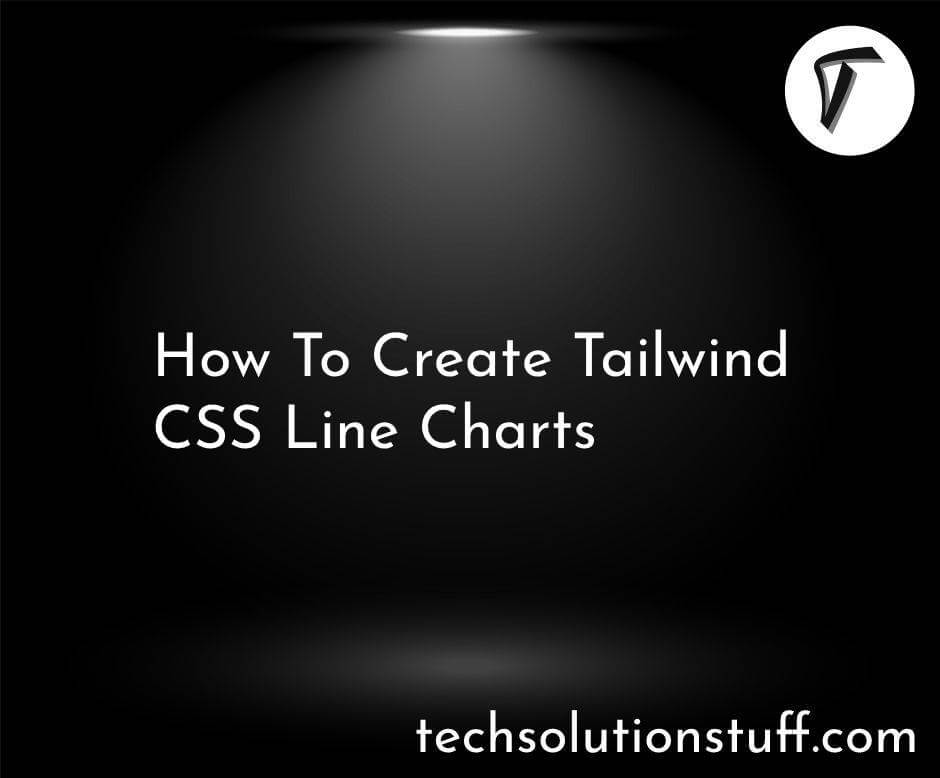Laravel 12 One-to-Many Eloquent Relationship
Hi there! If you're working with Laravel 12 and need to set up a one-to-many relationship between database tables, this guide is for you. In this beginner-friendly tutorial, I’ll show you how to use Laravel’s Eloquent ORM to create a one-to-many relationship.
We’ll use a practical example: a User who can have many Posts. By the end, you’ll know how to define models, migrations, relationships, and retrieve related data.

What is a One-to-Many Relationship?
In a one-to-many relationship, a single record in one table can be associated with multiple records in another table. For example:
- A
Usercan have manyPosts. - Each
Postbelongs to oneUser.
This is perfect for scenarios like blog posts, comments, or orders tied to a single user.
Prerequisites
Before starting, ensure you have:
- A Laravel 12 project set up.
- A database configured (e.g., MySQL, SQLite).
- Basic knowledge of Laravel models, migrations, and controllers.
If you don’t have a project, create one with:
laravel new example-app
Step 1: Set Up the Database and Migrations
We’ll create two tables: users and posts. The posts table will have a foreign key linking to the users table.
Create the Users Migration
Laravel provides a default users migration. Check database/migrations to ensure it exists and looks like this:
<?php
use Illuminate\Database\Migrations\Migration;
use Illuminate\Database\Schema\Blueprint;
use Illuminate\Support\Facades\Schema;
return new class extends Migration
{
public function up(): void
{
Schema::create('users', function (Blueprint $table) {
$table->id();
$table->string('name');
$table->string('email')->unique();
$table->string('password');
$table->timestamps();
});
}
public function down(): void
{
Schema::dropIfExists('users');
}
};
Create the Posts Migration
Run this command to create a migration for the posts table:
php artisan make:migration create_posts_table
Open the generated migration file in database/migrations and update it:
<?php
use Illuminate\Database\Migrations\Migration;
use Illuminate\Database\Schema\Blueprint;
use Illuminate\Support\Facades\Schema;
return new class extends Migration
{
public function up(): void
{
Schema::create('posts', function (Blueprint $table) {
$table->id();
$table->unsignedBigInteger('user_id');
$table->string('title');
$table->text('content');
$table->timestamps();
$table->foreign('user_id')->references('id')->on('users')->onDelete('cascade');
});
}
public function down(): void
{
Schema::dropIfExists('posts');
}
};
Explanation:
user_idis a foreign key linking to theuserstable.onDelete('cascade')ensures that if a user is deleted, their posts are also deleted.titleandcontentstore the post data.
Run the Migrations
Run the migrations to create the tables:
php artisan migrate
Step 2: Create the Models
Next, define the User and Post models and set up their relationships.
Update the User Model
Open app/Models/User.php and add the hasMany relationship:
<?php
namespace App\Models;
use Illuminate\Foundation\Auth\User as Authenticatable;
use Illuminate\Database\Eloquent\Relations\HasMany;
class User extends Authenticatable
{
protected $fillable = ['name', 'email', 'password'];
public function posts(): HasMany
{
return $this->hasMany(Post::class);
}
}
Explanation: The hasMany method indicates that a User can have multiple Posts.
Create the Post Model
Run this command to create the Post model:
php artisan make:model Post
Open app/Models/Post.php and add the belongsTo relationship:
<?php
namespace App\Models;
use Illuminate\Database\Eloquent\Model;
use Illuminate\Database\Eloquent\Relations\BelongsTo;
class Post extends Model
{
protected $fillable = ['user_id', 'title', 'content'];
public function user(): BelongsTo
{
return $this->belongsTo(User::class);
}
}
The belongsTo method indicates that a Post belongs to a User.
Step 3: Set Up Routes and Controller
Let’s create a controller to test the one-to-many relationship and a route to access it.
Create a Controller
Run:
php artisan make:controller UserController
Open app/Http/Controllers/UserController.php and add:
<?php
namespace App\Http\Controllers;
use Illuminate\Http\Request;
use App\Models\User;
use App\Models\Post;
class UserController extends Controller
{
public function index()
{
// Create a user
$user = User::create([
'name' => 'Jane Doe',
'email' => '[email protected]',
'password' => bcrypt('password'),
]);
// Create posts for the user
$user->posts()->createMany([
[
'title' => 'First Post',
'content' => 'This is my first post!',
],
[
'title' => 'Second Post',
'content' => 'This is my second post!',
],
]);
// Retrieve the user with their posts
$userWithPosts = User::with('posts')->first();
return response()->json([
'user' => $userWithPosts->name,
'email' => $userWithPosts->email,
'posts' => $userWithPosts->posts->map(function ($post) {
return [
'title' => $post->title,
'content' => $post->content,
];
}),
]);
}
}
Explanation:
- Creates a user and associates multiple posts using
createMany. - Uses
with('posts')to eager-load the posts. - Returns a JSON response with the user and their posts.
Define a Route
Open routes/web.php and add:
<?php
use Illuminate\Support\Facades\Route;
use App\Http\Controllers\UserController;
Route::get('/test-relationship', [UserController::class, 'index'])->name('test.relationship');
Step 4: Test the Relationship
Start your Laravel server:
php artisan serve
Visit http://localhost:8000/test-relationship in your browser. You should see a JSON response like:
{
"user": "Jane Doe",
"email": "[email protected]",
"posts": [
{
"title": "First Post",
"content": "This is my first post!"
},
{
"title": "Second Post",
"content": "This is my second post!"
}
]
}
This confirms the one-to-many relationship is working!
Step 5: Using the Relationship in Your Application
You can access related data in various ways:
Retrieve a User’s Posts
$user = User::find(1);
$posts = $user->posts; // Returns a collection of Posts
foreach ($posts as $post) {
echo $post->title; // Outputs: First Post, Second Post
}
Retrieve a Post’s User
$post = Post::find(1);
$user = $post->user; // Returns the associated User
echo $user->name; // Outputs: Jane Doe
In a Blade Template
Create a Blade file resources/views/user.blade.php:
<!DOCTYPE html>
<html>
<head>
<title>Laravel 12 One-to-Many Relationship</title>
<link href="https://cdn.jsdelivr.net/npm/[email protected]/dist/css/bootstrap.min.css" rel="stylesheet">
</head>
<body>
<div class="container mt-5">
<h3>{{ $user->name }}'s Posts</h3>
<p><strong>Email:</strong> {{ $user->email }}</p>
<h4>Posts:</h4>
<ul>
@foreach ($user->posts as $post)
<li>
<strong>{{ $post->title }}</strong>: {{ $post->content }}
</li>
@endforeach
</ul>
</div>
</body>
</html>
Update the UserController to return the view:
public function index()
{
$user = User::with('posts')->first();
return view('user', compact('user'));
}
Conclusion
Implementing a one-to-many relationship in Laravel 12 is simple with Eloquent ORM! This tutorial showed you how to create migrations, define models, set up relationships, and retrieve related data using a User and Posts example.
Whether you’re building a blog, forum, or any app with related data, this approach keeps your database organized and efficient. I hope this guide was clear and helps you add one-to-many relationships to your Laravel projects.
Frequently Asked Questions (FAQs)
Q1: What’s the difference between hasMany and belongsTo?
A: hasMany is used on the model that owns multiple records (e.g., User has many Posts). belongsTo is used on the model that is owned (e.g., Post belongs to a User).
Q2: Why use a separate posts table?
A: A separate table organizes data better and allows a user to have multiple posts without cluttering the users table. It’s also more scalable for large datasets.
Q3: What does onDelete('cascade') do?
A: It ensures that if a user is deleted, all their associated posts are also deleted, maintaining data integrity.
Q4: How do I handle users with no posts?
A: The posts relationship returns an empty collection if no posts exist. You can check with @if($user->posts->isEmpty()) in Blade or $user->posts->isEmpty() in PHP.
Q5: Can I eager-load posts to improve performance?
A: Yes! Use User::with('posts') to load posts in one query, reducing database queries compared to lazy loading.
You might also like:
- Read Also: Laravel 12 One-to-One Relationship: Step-by-Step Eloquent Tutorial
- Read Also: How to Create Laravel 11 API with PostgreSQL Database
- Read Also: Laravel 11 PayPal Payment Gateway Integration
- Read Also: User Roles And Permissions Without Package Laravel 9








